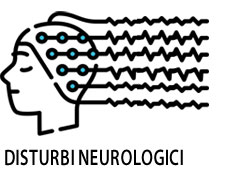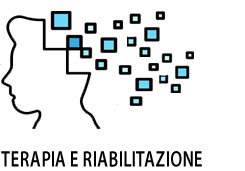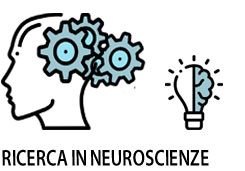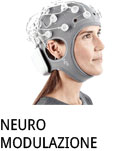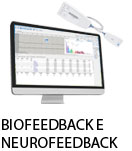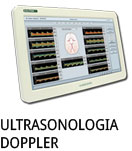- +39 011 5821948
- info@geasoluzioni.it
- Lun - Ven 8:00 - 17:00
High-definition transcranial direct-current stimulation of the right M1 further facilitates left M1 excitability during crossed facilitation
- Abstract:
- The crossed-facilitation (CF) effect refers to when motor-evoked potentials (MEPs) evoked in the relaxed muscles of one arm are facilitated by contraction of the opposite arm. The aim of this study was to determine whether high-definition transcranial direct-current stimulation (HD-tDCS) applied to the right primary motor cortex (M1) controlling the left contracting arm [50% maximum voluntary isometric contraction (MVIC)] would further facilitate CF toward the relaxed right arm. Seventeen healthy right-handed subjects participated in an anodal and cathodal or sham HD-tDCS session of the right M1 (2 mA for 20 min) separated by at least 48 h. Single-pulse transcranial magnetic stimulation (TMS) was used to elicit MEPs and cortical silent periods (CSPs) from the left M1 at baseline and 10 min into and after right M1 HD-tDCS. At baseline, compared with resting, CF (i.e., right arm resting, left arm 50% MVIC) increased left M1 MEP amplitudes (+97%) and decreased CSPs (−11%). The main novel finding was that right M1 HD-tDCS further increased left M1 excitability (+28.3%) and inhibition (+21%) from baseline levels during CF of the left M1, with no difference between anodal and cathodal HD-tDCS sessions. No modulation of CSP or MEP was observed during sham HD-tDCS sessions. Our findings suggest that CF of the left M1 combined with right M1 anodal or cathodal HD-tDCS further facilitated interhemispheric interactions during CF from the right M1 (contracting left arm) toward the left M1 (relaxed right arm), with effects on both excitatory and inhibitory processing.
- Patologie/Applicazioni:
- Anno:
- 2018
- Tipo di pubblicazione:
- Articolo
- Parola chiave:
- stimolazione elettrica transcranica; hd-tdcs
- Nota:
- Il lavoro si propone di verificare se la HD-tDCS può modificare l'effetto di facilitazione incrociata di un arto sull'omologo controlaterale (crossed facilitation-CF) durante l'esecuzione dei Potenziali Evocati Motori. I risultati dello studio, eseguito con stimolazione attiva e sham, suggeriscono che l'erogazione di HD-tDCS anodica e catodica favorisce le interazioni corticali inter-emisferiche con effetti sia eccitatori che inibitori.
- DOI:
- 10.1152/jn.00861.2017
Hits: 1909
La nostra storia
GEA soluzioni si affaccia nel 2013 al mercato della strumentazione medicale di alto livello tecnologico ma la sua storia parte da più lontano, clicca qui per approfondire.
GEA SOLUZIONI SRL
via Spalato 72/A, Torino
Tel.: 011 5821948 / 011 4463853
Fax: 011 0433281
Email: info @ geasoluzioni.it
P. IVA IT11696920013
REA TO1233648

